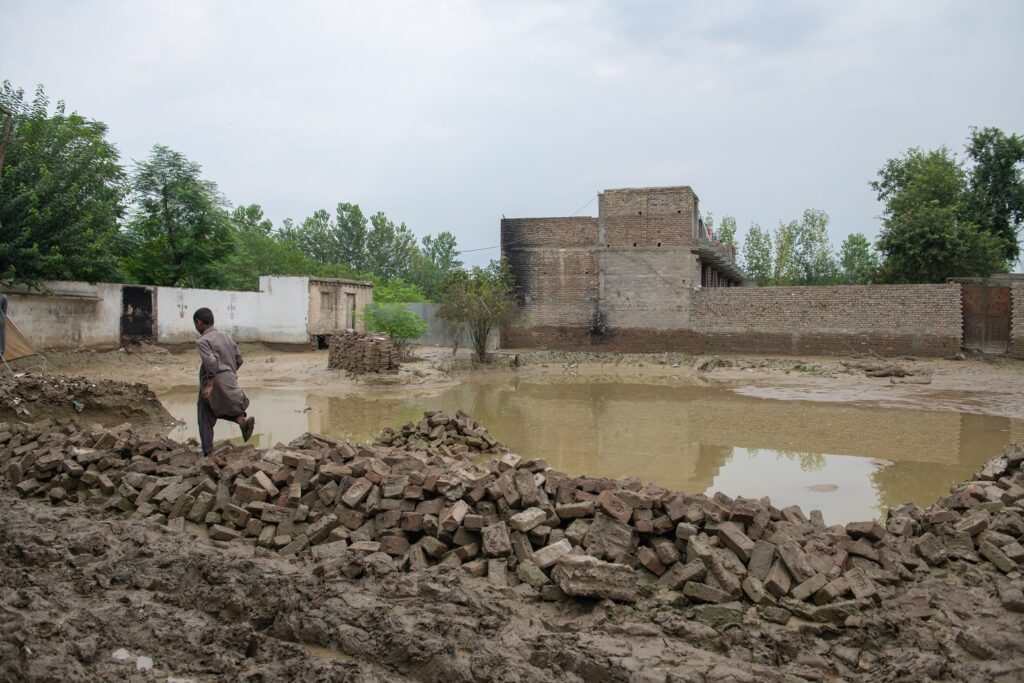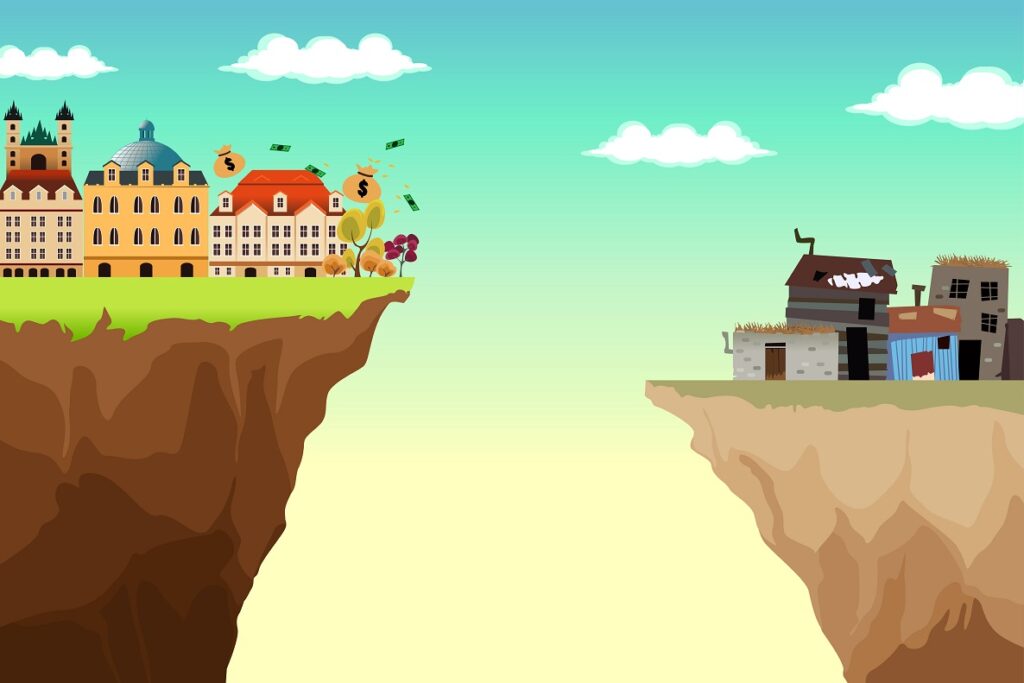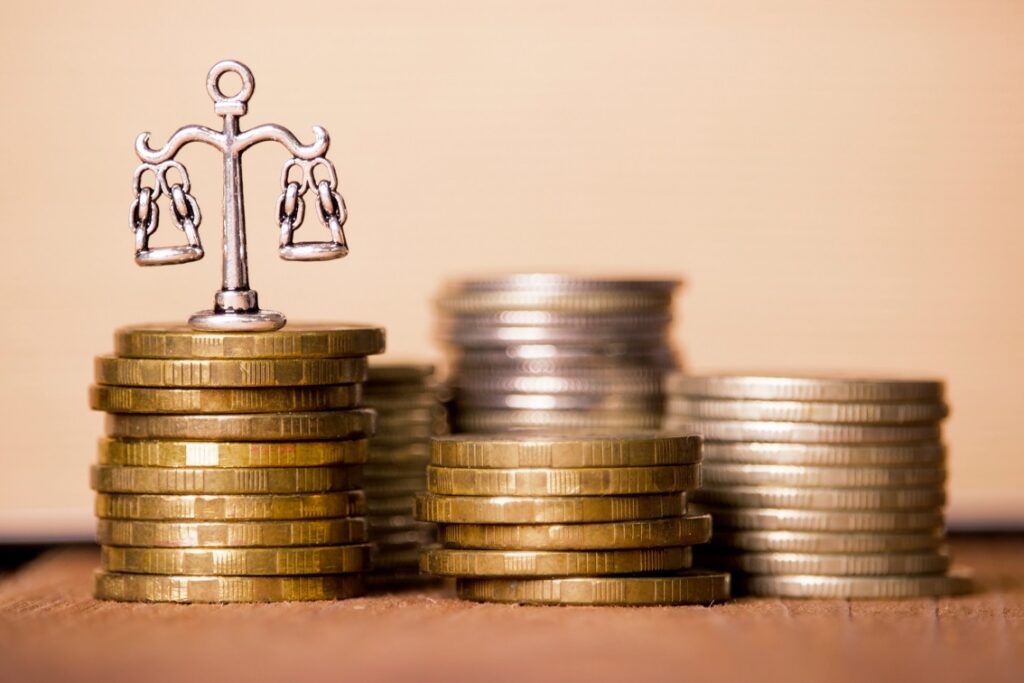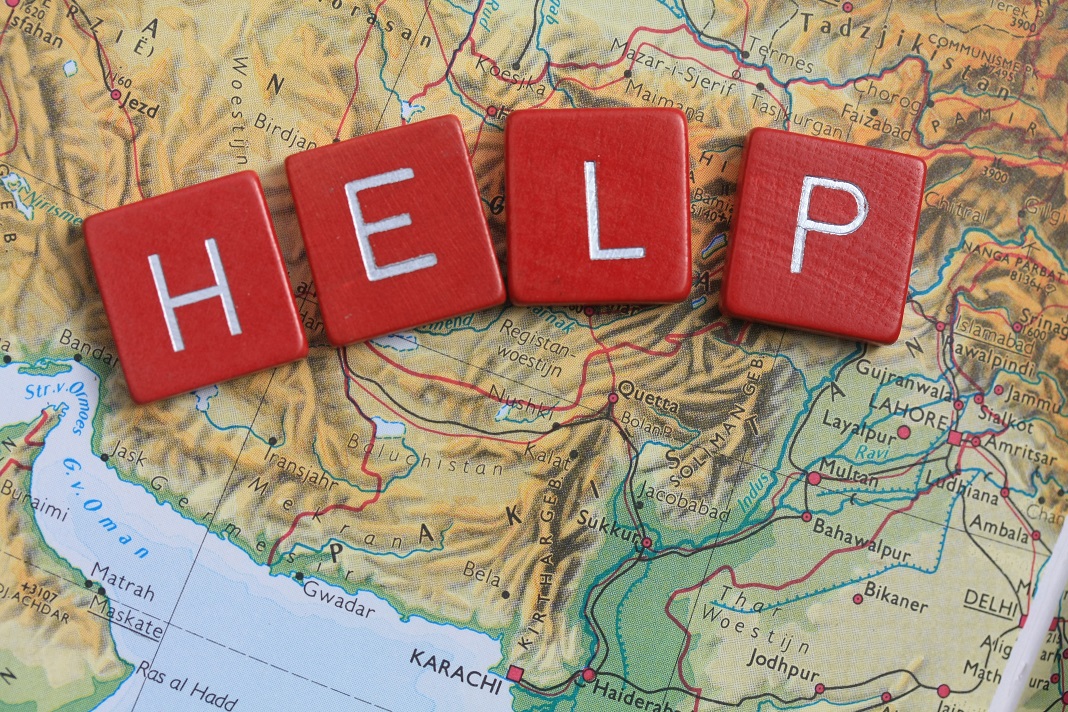Modern news sources, oversaturated with photos and videos, are ineffective instigators of action, especially regarding major international environmental crises. If we are not distracted by images of friends on Instagram or the latest Tweet by Elon Musk, we might just post a story about some extreme weather event like the flooding in Pakistan last summer. But more often than not, we stop there, favoring passivity and forgetfulness over making an actual difference. Most of us do not donate money to support struggling communities, do not research petitions or write our senators, and do not sufficiently educate ourselves about the complex environmental policies upon which we have the responsibility to vote.
Yes, the modern information highway is conducive to forgetfulness. Those of us who live in first world countries tend to overlook how pollution visibly surfaces daily for the billions of people who live in less economically privileged countries. Of course, this is not just an issue of international relations; pollution also manifests in underprivileged communities within our own country—just look at how we have historically ignored the dozens of suffering Black North Carolinian communities living near hog farms. That is why examining the theoretical applications of climate reparation policies on both the domestic and international levels is essential. For this article, we will focus on what is happening internationally.

Carbon Inequality: An Introduction
Oxfam published their Confronting Carbon Inequality study in 2020, a groundbreaking amalgamation of research that sharpened what we already knew about the wealth gap: that the luxuries enjoyed by the wealthiest sectors of society in some vague way burden those in the bottom percentiles. Here are two of the most impactful statistics from the study, which analyzed the years 1990 to 2015:
- The richest 10% of world citizens were responsible for 52% of our cumulative carbon emissions, with responsibility dramatically increasing as we near the top 1% of wealth.
- The poorest 50% of world citizens were responsible for a mere 7% of cumulative emissions.
This means that the upper and upper-middle classes are heavily at fault for the environmental disasters that plague the lower classes, including those in developing countries. Why the disparity? Frequent use of private transportation like gas-guzzling SUVs and private jets (or business-class seats on commercial airlines) are largely to blame.
But unfortunately, because most people would jump on the opportunity to own a private jet or enjoy a wealthy lifestyle, residents of developing countries who are gaining more economic freedom are perpetuating the same environmental issues. For example, meat consumption is a common indicator of economic well-being, and the demand for meat increases in conjunction with wealth. Yet, the meat and dairy industries account for 14.5% of global greenhouse gas emissions and indisputably pose a significant threat to our planet.
So what to do?

Climate Reparations
The concept of “climate reparations” has recently been circulating to hold developed countries monetarily accountable for their disproportionate contributions to climate change (both historical and current). In theory, the money paid in climate reparations would be used to remediate climate change-related issues and help those communities already suffering from its effects. For example, the emissions from the United States are estimated to have “inflicted more than USD 1.9 trillion in damages to other countries.” This does not even begin to touch upon the prices of climate change that can never be repaid, such as loss of life and culture.
In 2013, delegates at COP19 established the Warsaw International Mechanism for Loss and Damage to encourage the fulfillment of climate reparations. However, the L&D Mechanism is more attuned to opening a dialogue about reparations rather than enforcing countries’ liability. Similarly, technical assistance in implementing reparation policies can be found in the Santiago Network—but accountability and a rigorous financing mechanism are still lacking.

There is, therefore, still much to do on this front. At November’s COP27, an L&D fund was signed into existence. Even the United States, which has historically been very reluctant to agree to L&D policies, pledged its support of the fund. This suggests that the fund agreement may still lack an effective liability system. Regardless, other details need to be hashed out before the fund can grow, such as whether China—which is simultaneously the world’s largest source of greenhouse gas emissions and a middle-income country—should be allowed to receive money from the fund. Reactions to the COP27 signing have, understandably, been mixed.
A committee has been formed to work on the fund in advance of 2023’s COP28, but they are not expected to meet until the end of March. Not much information has been released in the months since COP27. Until we know more, it is best to discuss the potential of such a fund and brainstorm ways that it can be sustainably implemented. In such a nascent phase of this project, it is vital to put our heads together to come up with a solution in open conversation. Thank you for doing your part!
 Food
Food Farmers
Farmers Sustainable Living
Sustainable Living Living Planet
Living Planet News
News